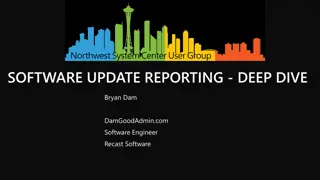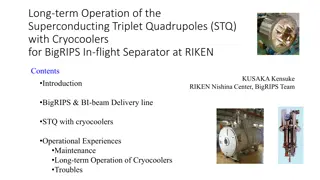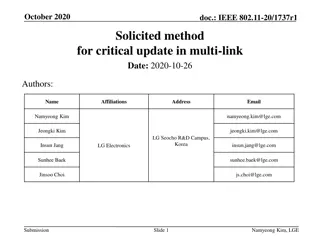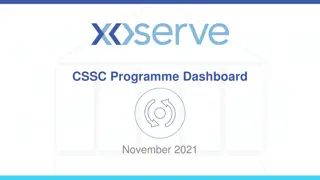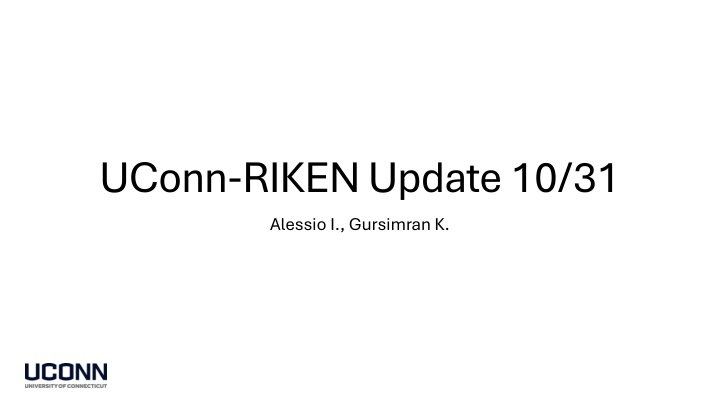
Innovative Clustering Algorithms and EIC Recon Integration
The update from UConn-RIKEN highlights discussions with UC Riverside on clustering approaches for separating particles. The meeting explored low-level topological clustering alongside high-level GNN (ML) clustering. Challenges in distinguishing photons from neutrons were addressed, emphasizing the need for novel solutions. Integration possibilities with the HEXPLIT algorithm for EIC Recon were also considered, with insights shared on current algorithms' pros and cons, along with the proposed idea of developing a new clustering algorithm based on hit distribution analysis.
Download Presentation

Please find below an Image/Link to download the presentation.
The content on the website is provided AS IS for your information and personal use only. It may not be sold, licensed, or shared on other websites without obtaining consent from the author. If you encounter any issues during the download, it is possible that the publisher has removed the file from their server.
You are allowed to download the files provided on this website for personal or commercial use, subject to the condition that they are used lawfully. All files are the property of their respective owners.
The content on the website is provided AS IS for your information and personal use only. It may not be sold, licensed, or shared on other websites without obtaining consent from the author.
E N D
Presentation Transcript
UConn-RIKEN Update 10/31 Alessio I., Gursimran K.
Overview UConn-UC Riverside Meeting UC Riverside team explained their two approaches to clustering o Low level: Topological clustering o High level: GNN (ML) Clustering Suggested our algorithms would be good midpoint between the two; high level, but human intelligible No easy answers for the question of separating photons from neutrons o UC Riverside group warned off selecting neutron cluster based on average shape o Concerns about non-linearity with EM energy in SiPM on tile detector They have done work on reconstructing lambda using pi0 missing mass
EIC Recon We can integrate our algorithm with or without the HEXPLIT algorithm Some interest in seeing if HEXPLIT improves our algorithms * https://doi.org/10.1016/j.nima.2023.169044 **https://doi.org/10.1140/epjc/s10052-017-5004-5 Source: Sebouh Paul, UC Riverside
Current Algorithms Pros and Cons Modified DBSCAN Peak Finding PROS: Flexible: can cluster regardless of cluster shape or size Physics independent Can produce any number of clusters PROS: Physics and detector informed o Integrates ECal with HCal Simple algorithm, easy to modify, similar to existing algorithms Always finds 3 clusters (2 photon and neutron) CONS: Computationally heavy Is not always able to separate all clusters 6 parameters that need to be manually tuned CONS: Very rigid algorithm Struggles with significant overlap Relies on sklearn packages
Idea of new Algorithm Might be best to take the lessons so far and create a new algorithm then put that in EICRECON Can try a hierarchical algorithm that determines how we want to attempt clustering based on hit distribution L2: DBSCAN like algorithm (clusters with less overlap) L1: Quick hit distribution check to choose clustering method L2: 2D Histogram Fitting (clusters with some overlap) L2: Cannot cluster due to too much overlap https://root.cern/doc/v612/fit2_8C.html


